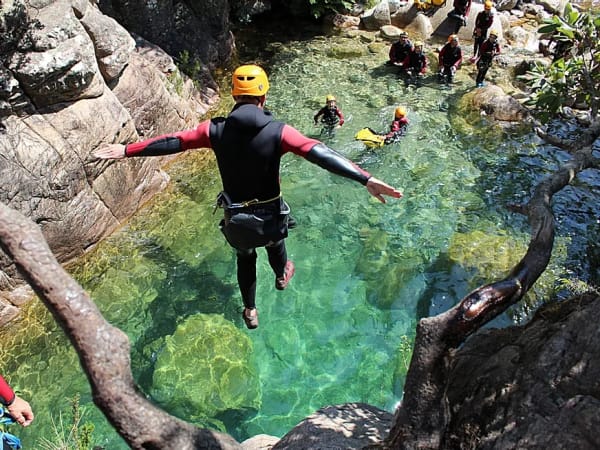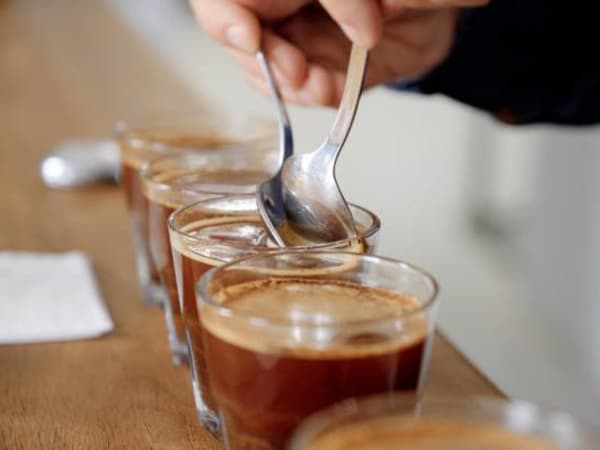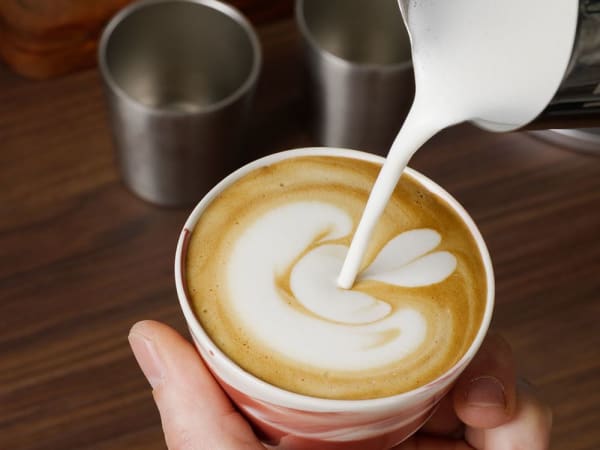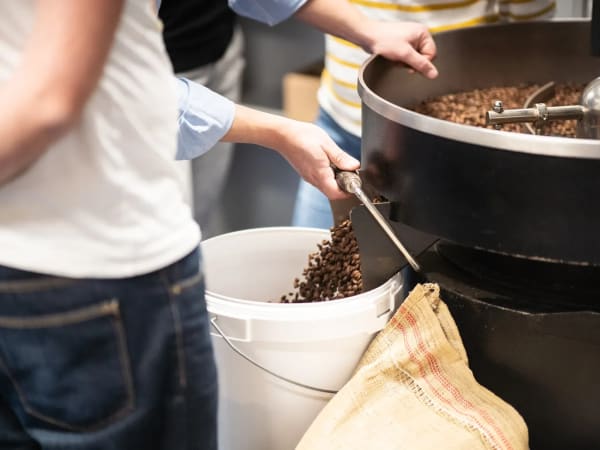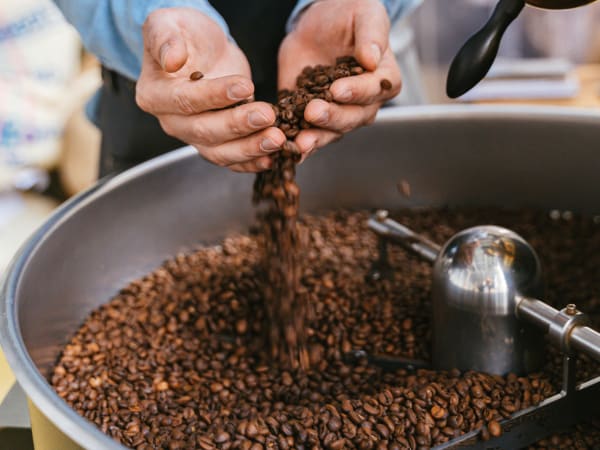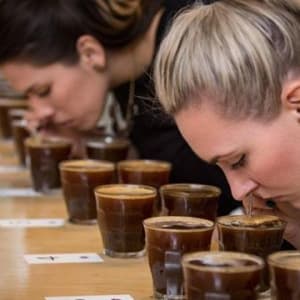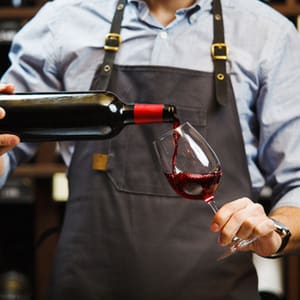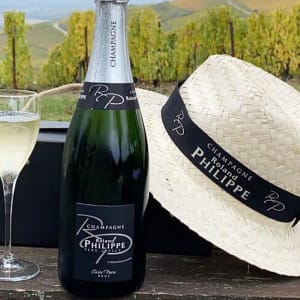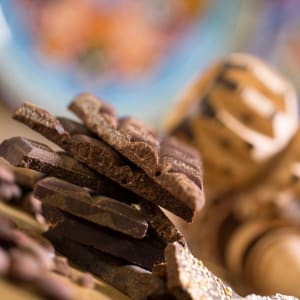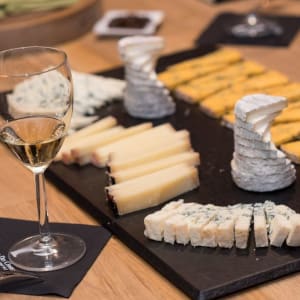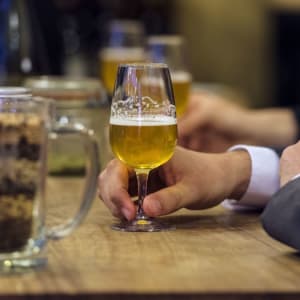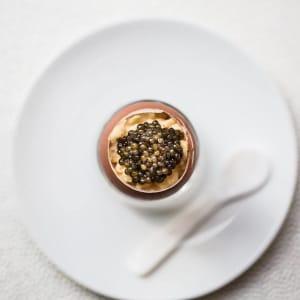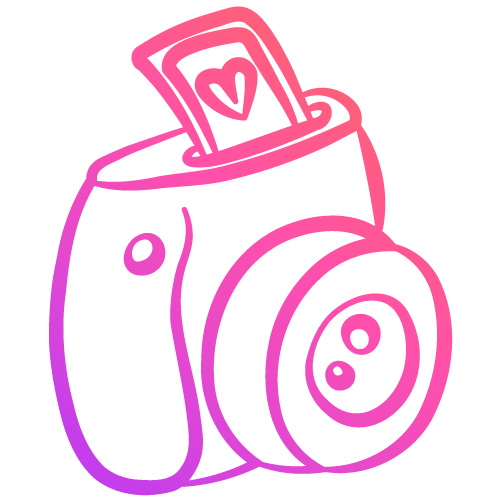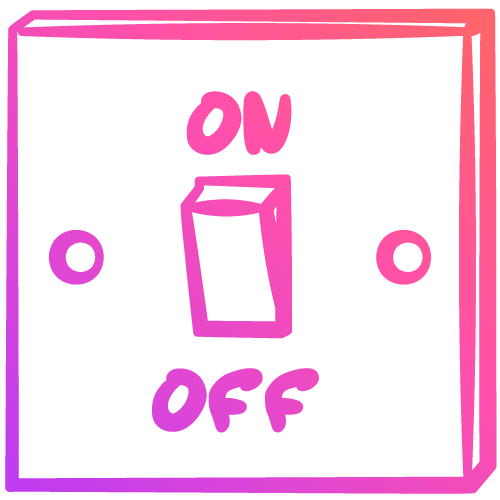Coffee tasting: everything you need to know
Are you one of those people who can't imagine starting your day without a good cup of arabica? Then how about taking advantage of a tasting workshop to perfect your knowledge of the world of coffee?
The origins of coffee
The long history of coffee begins in Ethiopia, where the shrub is thought to have originated. Excavations have shown that prehistoric man already used coffee beans! Coffee gradually spread to Africa and Arabia over the centuries, before being brought to Italy in the 17th century.
Europe welcomed it positively, and today it's a beverage celebrated the world over. Its cultivation spread to countries near the equator in Central and South America, Africa and Asia.
Evaluation criteria for coffee tasting
If you're tempted by a coffee tasting experience, there are a few things you'll need to know to describe it.
Aroma
As with a fine wine, start by smelling your cup of coffee. What your nose will decipher is the beverage's aroma.
A good coffee may smell of spices, hazelnuts, red fruits or floral aromas. On the other hand, woody, smoky or green notes are not welcome!
Flavor
Flavor is what your mouth, taste buds and tongue perceive about the qualities of a coffee. There are four primary flavors:
- acidity, to which we'll return below,
- bitterness, which evokes the white skin of grapefruit. When well controlled, it adds a distinctive character to the coffee,
- sweetness, which brings a touch of sweetness,
- saltiness.
Acidity
This is the main characteristic of a coffee. Good or bad, it will always leave a sensation of acidity on the tongue, similar to that of lemon juice.
This well-controlled sensation is particularly prized by experts, who find in it all the gustatory virtues of an excellent coffee.
Body
Body is all the tactile sensations felt in your mouth when the coffee comes into contact with your taste buds.
Depending on the balance between the beverage's viscosity and liquidity, coffee can be described as light, medium, heavy or full-bodied. And there are enthusiasts for each of these consistencies!
Aftertaste
Finally, the aftertaste, what remains in the mouth after swallowing, is a summary of all the sensations described above.
This is the grand finale, whose persistence and quality help determine the rating given to the coffee. The aftertaste can confirm the previous notes, or help to correct them.
Introduction to cupping
How does a cupping session - or tasting session, if you prefer - work? You'll be guided step by step by the master of ceremonies. Before taking a sip of your espresso, shake it to release its aromas.
Analyze its color and hue with the spoon. Then taste it, inhaling and exhaling through your nose. The full aroma will be released. At the same time, describe its body, ending with its aftertaste. A flavor wheel will help you complete your analysis.
Coffee and sweets
It's a little-known fact that coffee can be enjoyed with a wide range of foods. Chocolate, of course, but also red fruit and even citrus desserts: delicious!
But coffee also goes perfectly with tuna, certain meats or mushroom risottos. During your tasting workshop session, you'll not only become a connoisseur of the incredible diversity of this beverage, but you'll also learn the art of these surprising and tasty blends.
